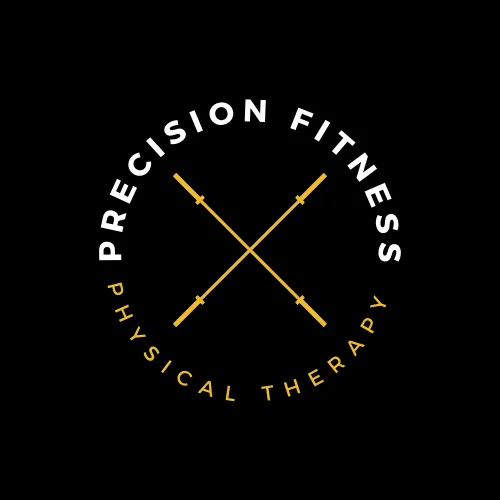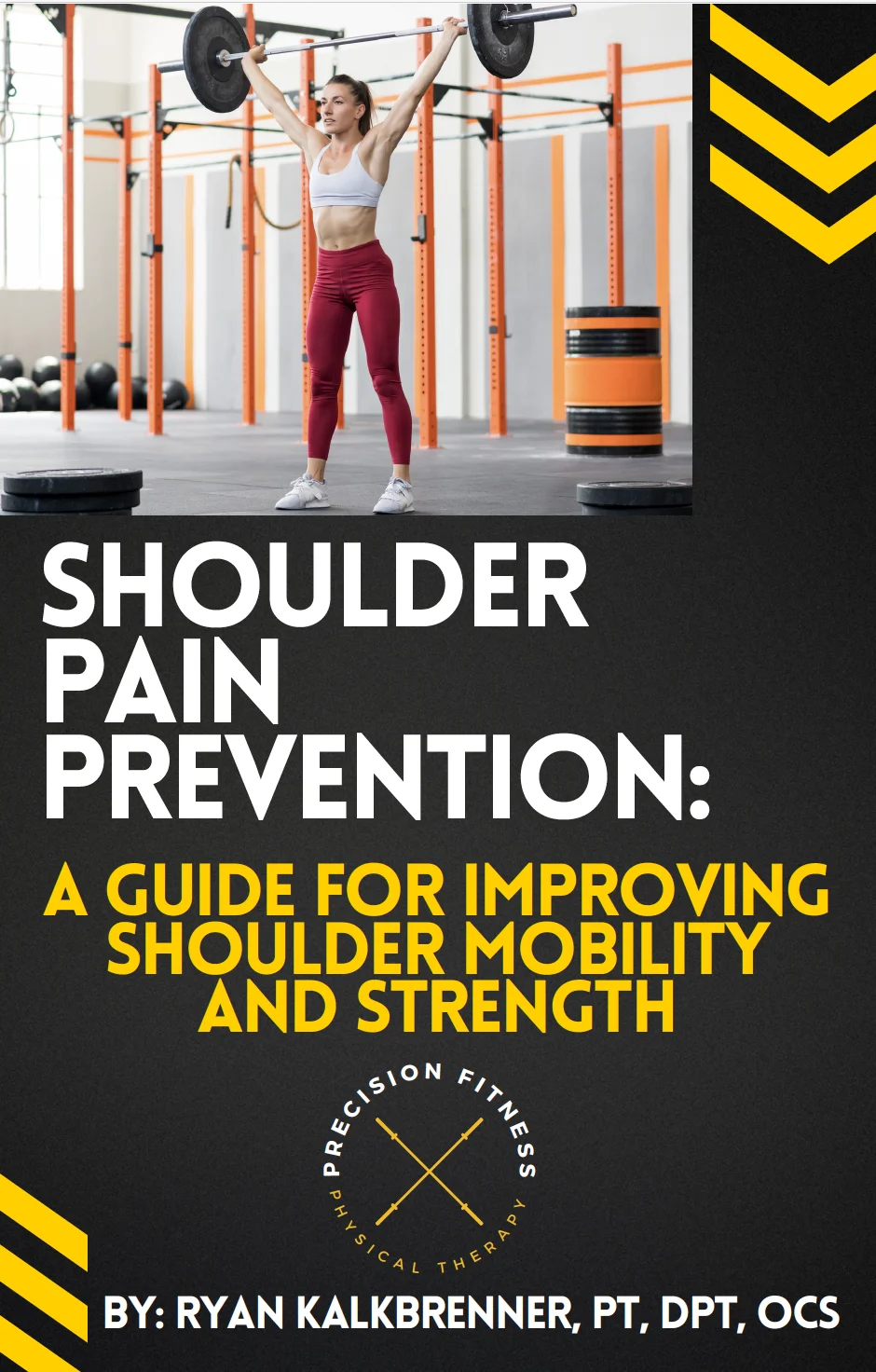
How to Improve Squat Mobility and Reduce Knee Pain while Squatting
Improve Your Squat Mobility & Reduce Knee Pain
Is Poor Mobility Holding Back Your Squat?
While knee pain is often blamed on the knee itself, the real issue may actually be coming from above (hips or lower back) or below (ankles) the joint.
When you lack mobility in these areas, not only can it contribute to knee pain, but it can also limit your squat depth, affect your lifting efficiency, and even increase injury risk. Here’s why:
3 Key Areas That Impact Your Squat Mobility
🔹 Hip Mobility – Your hips are responsible for allowing you to reach depth in your squat and keep your chest upright. Limited hip mobility can force compensations, such as excessive forward leaning or knee cave-in. At the very least, this causes inefficiencies where you are eating energy pushing in directions other than purely vertical, and at worst can lead to pain or injury. If you feel pinching in your hips, lack depth, or find yourself rounding at the bottom of your squat, poor hip mobility may be a contributing factor.
🔹 Ankle Mobility – Your ankles play a huge role in how deep you can squat. If your ankle dorsiflexion (knee over toe mobility) is limited, you may find yourself shifting onto your toes, struggling to keep your heels down, toes shifting outward, knees caving in, or experiencing knee discomfort due to increased loading of your knee joint.
🔹 Thoracic (Upper Back) Mobility – A stiff upper back can make it difficult to maintain an upright torso during squats. This can lead to excessive forward lean, increased stress on the lower back, and decreased ability to generate power in your lifts.
Why Does This Matter?
When mobility is lacking in these key areas, your body finds ways to compensate, often putting unnecessary strain on the knees and lower back. Improving mobility in the hips, ankles, and upper back can help alleviate knee and back discomfort, allow for better squat depth, and ultimately help you lift HEAVIER while staying pain-free.
Should Your knees go over your toes when you squat?
As any physical therapist will tell you, it depends. For a vast majority of people, the answer is YES, ABSOLUTELY. This trend/myth of not letting your knees go over your toes due to it putting bad pressure on your knees has been long dispelled. Allowing your knees to go over your toes when you squat ensures you are achieving proper depth, maintaining an upright posture, and efficiently using the muscles in your legs. However, if your heels come up off of the ground when your knees go over your toes, then you should NOT be doing this with heavy loads! Fix your ankle mobility problem first. Also, some people have pain when their knees go over their toes for various reasons. You do not want to squat knees over toes if it means pushing through pain, as there is likely something that needs to be addressed first!
If you’re struggling with squat mobility, you don’t have to guess what’s wrong. Download my FREE Squat Mobility E-Book to get detailed assessments and mobility drills to unlock your squat depth.
🎯 Click Here to Download the Free Squat Mobility Guide



